Seriously short on growing space but determined to make 2022 the year you start to grow some of your own vegetables? Here are some useful tips on making the most of the tiniest of kitchen gardens.
Go vertical
Make creative use of any sheltered sunny walls or fences to cultivate fast-growing, highly productive crops such as scarlet runner beans (look out for the reliably productive, heavy-cropping varieties known as “Enorma and Firestorm”), mangetout peas (try Oregon Sugar Pod, Sugar Snap and Shiraz), and climbing French beans (seek out the variety known as Cobra).

If you’ve space, pop in a few nasturtium plants (just make sure to use a climbing/trailing variety such as the scarlet-flowered Indian Chief or the pale yellow Milkmaid) whose beautiful flowers, crispy leaves and seed-heads are all edible and can be used to add crunch and colour to a summer salad bowl.
All of the above are half-hardy annuals that can be sown in April (sow under cover and with gentle heat for transplanting outdoors after all risk of frost has passed) to May-June (direct sow outside into a weed-free, fertile, moisture-retentive soil or a large, deep tub or container filled with a good-quality John Innes compost). Make sure to provide support for these climbers in the shape of strong garden netting, horizontal wires or canes, and to keep the plants well watered during dry weather.
Need for speed
Prioritise fast-growing, high-cost, space-efficient, flavoursome crops that are expensive to buy and/or hard-to-source, especially those that can be treated as “cut and come again” crops to be harvested repeatedly over an extended period of time. Examples include herbs such as mint, chervil, chives, parsley, rosemary, dill, some varieties of lettuce, rocket, ragged jack kale, orache, perpetual spinach and Swiss chard, most of which can be raised from seed sown over the coming months or will be available to buy as young transplants from good garden centres over the coming months.
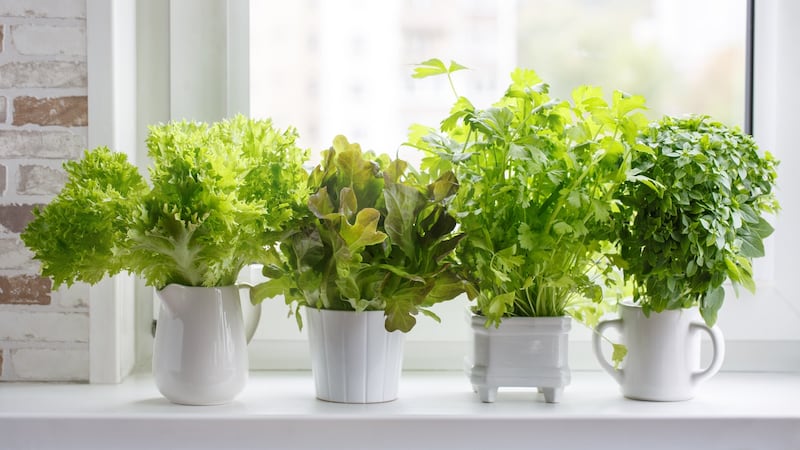
Hang it
Unlike their sprawling, high-maintenance cordon cousins which need lots of space, careful staking and regular labour-intensive side shooting, cherry tomato plants stay relatively compact. The tumbling varieties will also do very well in large hanging baskets so long as they’re given a really good-quality compost and kept well-fed and watered.
Before planting, line the base of the basket with some moss or coir and then work some slow-release organic fertiliser into the compost. These heat-loving, tender annual vegetables really appreciate the added warmth and protection of a sunny porch, glasshouse or conservatory, but failing that, make sure to give them a very sunny, sheltered spot, and never put the young plants outdoors until after all risk of frost has passed.
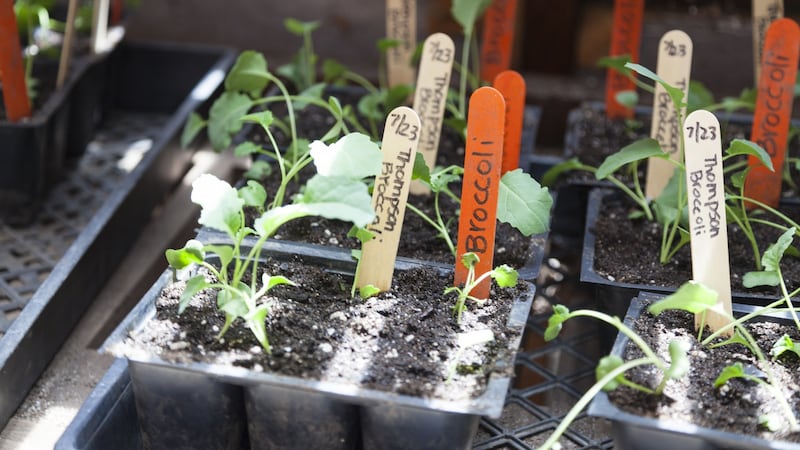
Suitable tumbling bush varieties for growing in a hanging basket include Tumbling Tom, Cherry Cascade, Cherry Falls and Micro Cherry, seed of which can be sown under cover and with gentle heat this month. Alternatively, young container-grown plants can be found for sale in good garden centres in late spring.
Big is beautiful
Avoid the classic mistake of using lots of small containers. It might seem space-efficient but plants struggle to thrive in them and are hard to keep sufficiently watered and fed, and their root systems are more vulnerable to extremes of temperature. Instead concentrate your growing in fewer but larger pots with a minimum depth of 30cm to properly accommodate thirsty, hungry, delicate root systems.
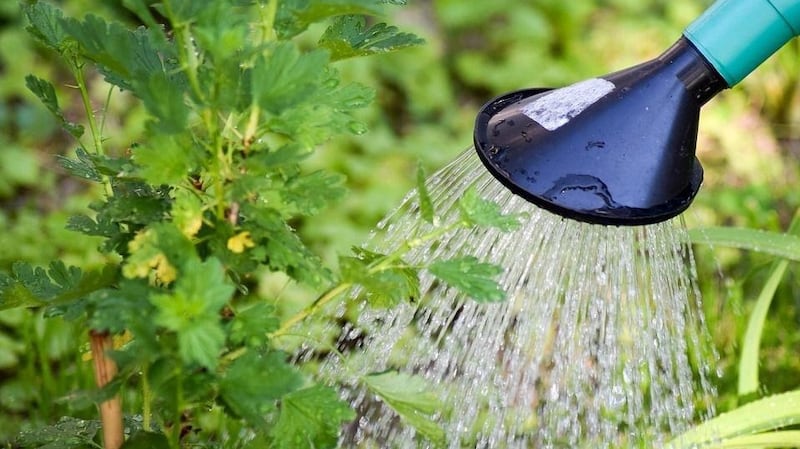
Choose containers made of fibreglass or plastic or glazed pots (the first two are best for balconies or roof gardens where weight is a consideration), and avoid natural terracotta as the latter dries out too quickly in warm or windy weather. Whichever containers you choose, ensure they have drainage holes at the base to stop plants’ root systems from sitting in sodden compost.
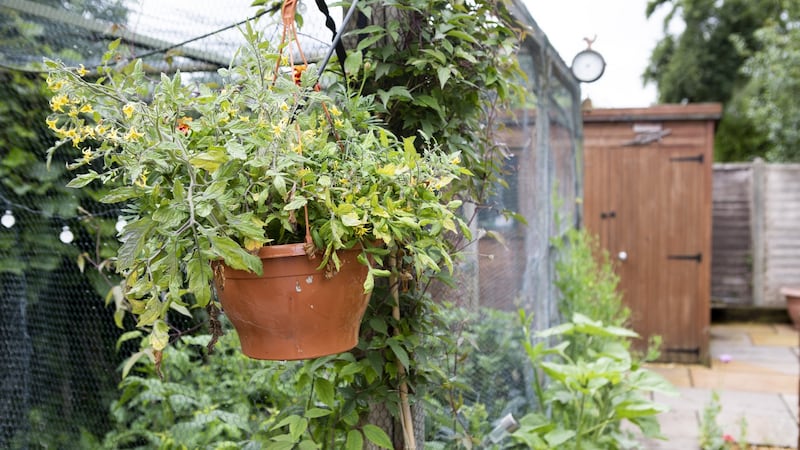
Plant densely
Not only does this make good use of the available growing space, suppress weeds and conserve moisture in the compost, but it also encourages plants to grow upwards rather than outwards, which helps to maximise productivity. At the same time, make sure to allow plants enough space to establish healthy, viable root systems.
Invest in soil
Use a really good-quality growing medium, ideally peat-free. Bear in mind that soil-free multipurpose composts are lighter but dry out/shrink more easily and are much harder to re-wet, while a soil-based John Innes type compost holds nutrients and water better but is heavier. Quick Crop sells a variety of nutrient-rich, peat-free composts by reputable brands including Klasmann, Living Green and New Horizon that are designed specifically for vegetable growing (quickcrop.ie).
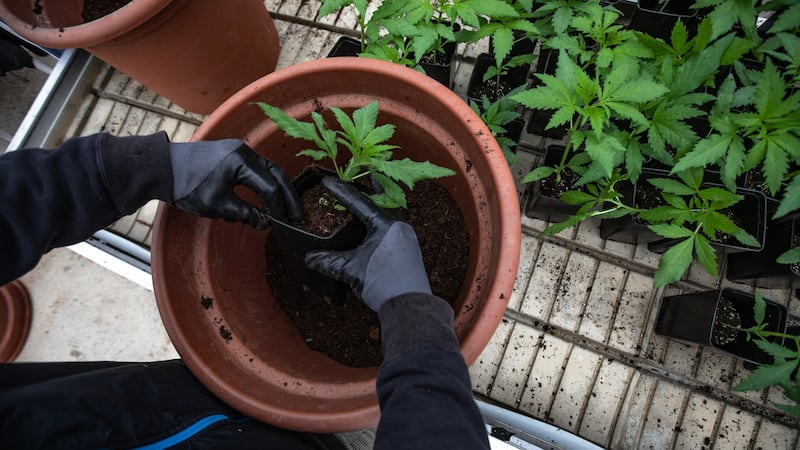
Use liquid feeds
Plants face plenty of challenges when they're growing in tiny spaces, not least of which is sourcing sufficient nutrients to stay healthy and productive. Organic liquid feeds are a great way to boost growth and help protect them against pests and diseases. One of the very best is liquid seaweed (available from fruithillfarm.com) , which has a near-miraculous effect on plant health and productivity. For best results, use it regularly (every 10 to 14 days) as a foliar feed once plants are well established in high summer until autumn.
Go indoors
Zero outdoors growing space? You’ll be amazed by what you can grow indoors on just a few warm, bright window sills. Examples include heat-lovers such as basil, chillies and tomatoes as well as lots of different kinds of micro leaves, or micro greens as they’re also known. Harvested as baby seedlings, the latter can be used to add hefty punches of flavour, texture and colour to stir-fries, salads, sandwiches, smoothies and juices.
Vegetables, salad crops and herbs suitable for growing this way include alfalfa, beetroot, basil, dill, coriander, chervil, amaranth, sorrel, sunflowers, watercress, perilla, peas, broccoli, kohlrabi, kale, leaf radish, fenugreek, rocket, celery leaf, chard, carrot, chives, mint, mizuna, mibuna, komatsuna, tatsoi, summer savory, onion, leek, salsola and cabbage.
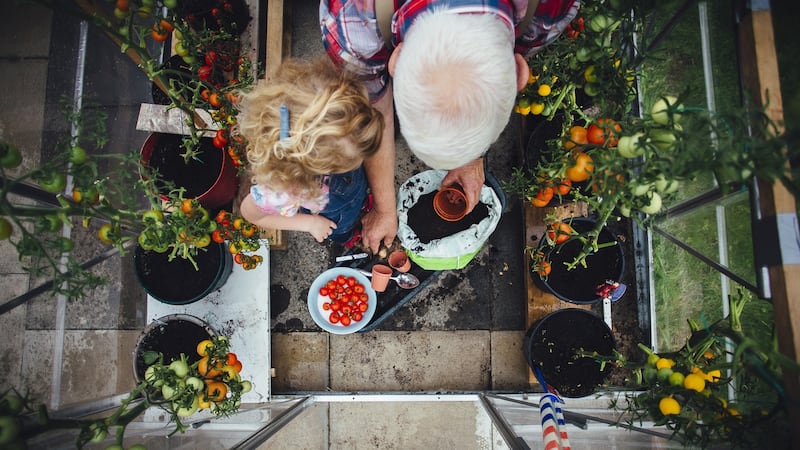
To grow your own, sow the seed densely into shallow seed trays filled with a good-quality seed compost, and then lightly cover them with a fine layer of compost. Water gently but thoroughly, then cover the tray with a clear lid or place it inside a transparent plastic bag to lock in heat and humidity before placing it on a bright , warm window sill. Examine it regularly over the following few weeks to look for any signs of germination and once you see germination, remove the lid/bag.
Germination and growth rates naturally vary according to the species/ variety, as well as available levels of heat and light, so you can expect to wait anywhere between a week to a month before your micro greens are ready to eat, during which time they should be regularly watered but never to the point where they’re sitting in cold, sodden compost.
Ideally harvest them when the seedlings are 5-10cm tall and have just produced their first set of true leaves, using a sharp scissors to slice them off just above the compost. Bear in mind that for year-round micro-greens, you’ll need to succession sow the seed at regular intervals.
No sunny window sills? Dublin-based Nufields (nufields.com) specialises in a wide selection of microgreen kits, sprouting kits and mushroom kits that are perfect for the space-challenged gardener, including some that come with their very own grow lights, making it possible to grow them even in a dark room.
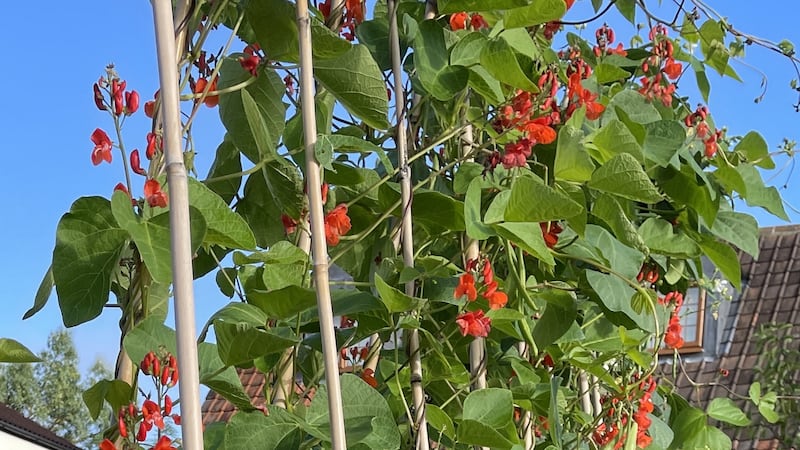
Recommended Irish vegetable seed stockists include all good garden centres as well as specialist online suppliers such as brownenvelopeseeds.com ; greenvegetableseeds.com ; mrmiddleton.com ; quickcrop.ie ; irishseedsavers.ie and giy.ie
This Week in the Garden….
Use a hoe to slice away freshly germinated weed seedlings and new weedy growth in beds and paths before they get a chance to become established. An oscillating hoe is especially useful for this and will save hours of backbreaking work later in the season. Bear in mind that hoeing is always best done on a bright, dry day when the freshly cut-down growth is much less likely to re-establish new roots.
April is a very busy time of the year for raising plants from seed. Once pots of young seedlings have produced their first true set of leaves, it’s important to prick them out into cell trays, modules or small pots to give them space to properly establish. Do this gently, holding the seedlings by their leaves rather than their stems and using a pencil or stick to gently prise their fragile root systems out of the pot before transplanting them quickly and then watering them to help them re-establish.
Dates For Your Diary
April 3rd: Claregalway Castle, Claregalway, Co Galway. The first Irish Specialist Nurseries Plant Sale of 2022 will take place as part of the Claregalway Castle Spring Show, with a wide variety of plants and garden products for sale. See claregalwaycastle.com and irishspecialistnurseriesassociation.com.
April 7th (10.30am-1pm): The Dairy Yard, Killruddery House & Gardens, Bray, Co Wicklow. A specialist plant stall with lots of Irish-grown garden plants and bulbs for sale as part of a SSAFA charity sale. See killruddery.com;











